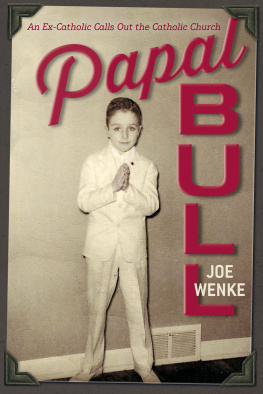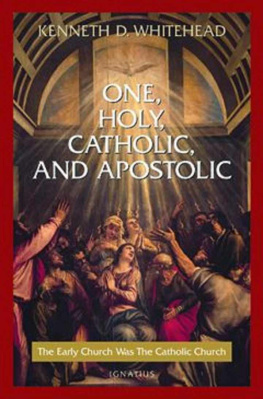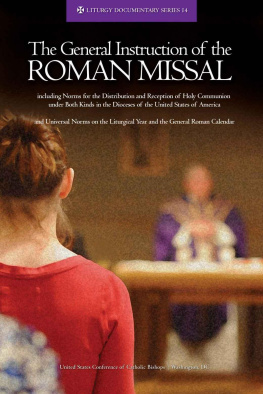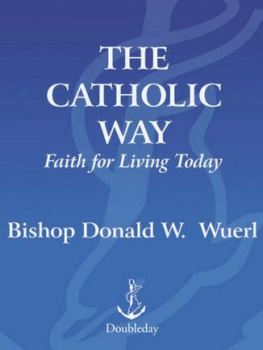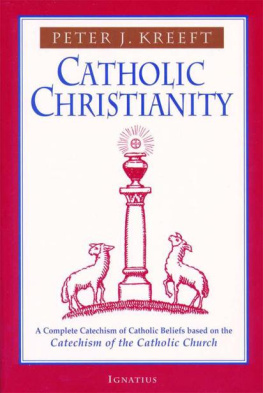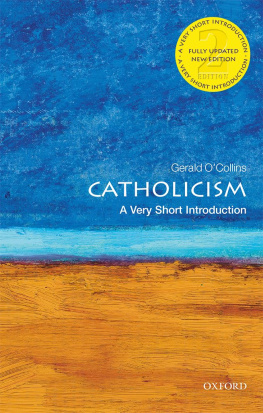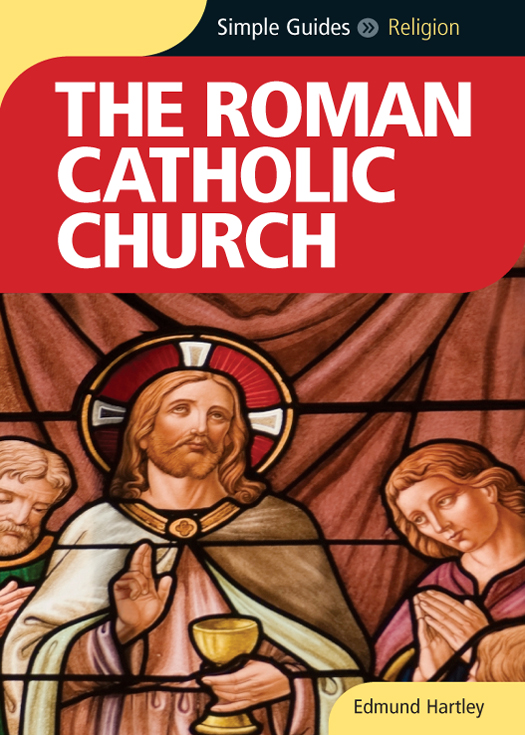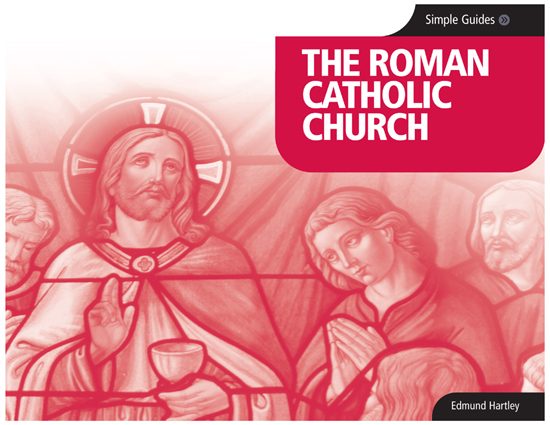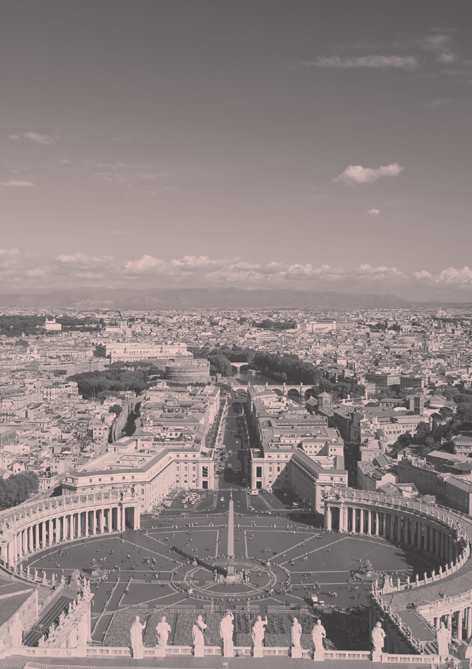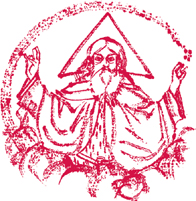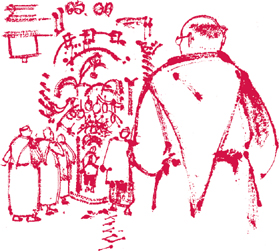Edmund Hartley - Roman Catholic Church--Simple Guides
Here you can read online Edmund Hartley - Roman Catholic Church--Simple Guides full text of the book (entire story) in english for free. Download pdf and epub, get meaning, cover and reviews about this ebook. year: 2009, publisher: Kuperard, genre: Religion. Description of the work, (preface) as well as reviews are available. Best literature library LitArk.com created for fans of good reading and offers a wide selection of genres:
Romance novel
Science fiction
Adventure
Detective
Science
History
Home and family
Prose
Art
Politics
Computer
Non-fiction
Religion
Business
Children
Humor
Choose a favorite category and find really read worthwhile books. Enjoy immersion in the world of imagination, feel the emotions of the characters or learn something new for yourself, make an fascinating discovery.

- Book:Roman Catholic Church--Simple Guides
- Author:
- Publisher:Kuperard
- Genre:
- Year:2009
- Rating:3 / 5
- Favourites:Add to favourites
- Your mark:
Roman Catholic Church--Simple Guides: summary, description and annotation
We offer to read an annotation, description, summary or preface (depends on what the author of the book "Roman Catholic Church--Simple Guides" wrote himself). If you haven't found the necessary information about the book — write in the comments, we will try to find it.
Understand the Roman Catholic Church with ease and informality. Gain valuable insights into key elements of the culture and way of life of its adherants. Presented in an accesible format with clearly recognized topics.
This book will help you to appreciate the significance of one of the largest organized religions in the world to understand the history of the Church, and what it means to be Roman Catholic to recognize the Catholic Churchs key practices and beliefs to avoid faux pas in conversation, in traveling and in personal relationships The Roman Catholic Church is the largest Christian denomination in the world.
Although it has evolved over time and spread to every continent, its belief, structure and liturgy date back to the one Church founded by Christ. This personal introduction by an English priest, whose experience includes many years of service with the British army, is offered as one mans guide to the origins and practices of Catholic Christianity. The book considers the Jewish roots and historical context of Christianity. It traces the evolution of thought that culminated in the message of its founder, and the impact of Jesus teachings on his followers. It recounts the history of the early Church, its aims and beliefs, and the formulation by the Church Fathers and the great ecumenical councils of answers to questions of faith, morals and teachings.
Thematic chapters deal with the topics of faith and reason, how to recognize truth, authority, myth, the question of sin, judgement and deliverance, and the meaning of the sacraments. Others deal with historical events, changing attitudes, religious practices, institutional structures and sacred texts. Written in an informal and friendly style, this guide is the perfect introduction to a rich, complex and profoundly influential system of belief.
Access the worlds religions with Simple Guides: Religion a series of concise, accessible introductions to the worlds major religions. Written by experts in the field, they offer an engaging and sympathetic description of the key concepts, beliefs and practices of different faiths. Ideal for spiritual seekers and travellers alike, Simple Guides aims to open the doors of perception. Together the books provide a reliable compass to the worlds great spiritual traditions, and a point of reference for further exploration and discovery. By offering essential insights into the core values, customs and beliefs of different societies, they also enable visitors to be aware of the cultural sensibilities of their hosts, and to behave in a way that fosters mutual respect and understanding.
Edmund Hartley: author's other books
Who wrote Roman Catholic Church--Simple Guides? Find out the surname, the name of the author of the book and a list of all author's works by series.


